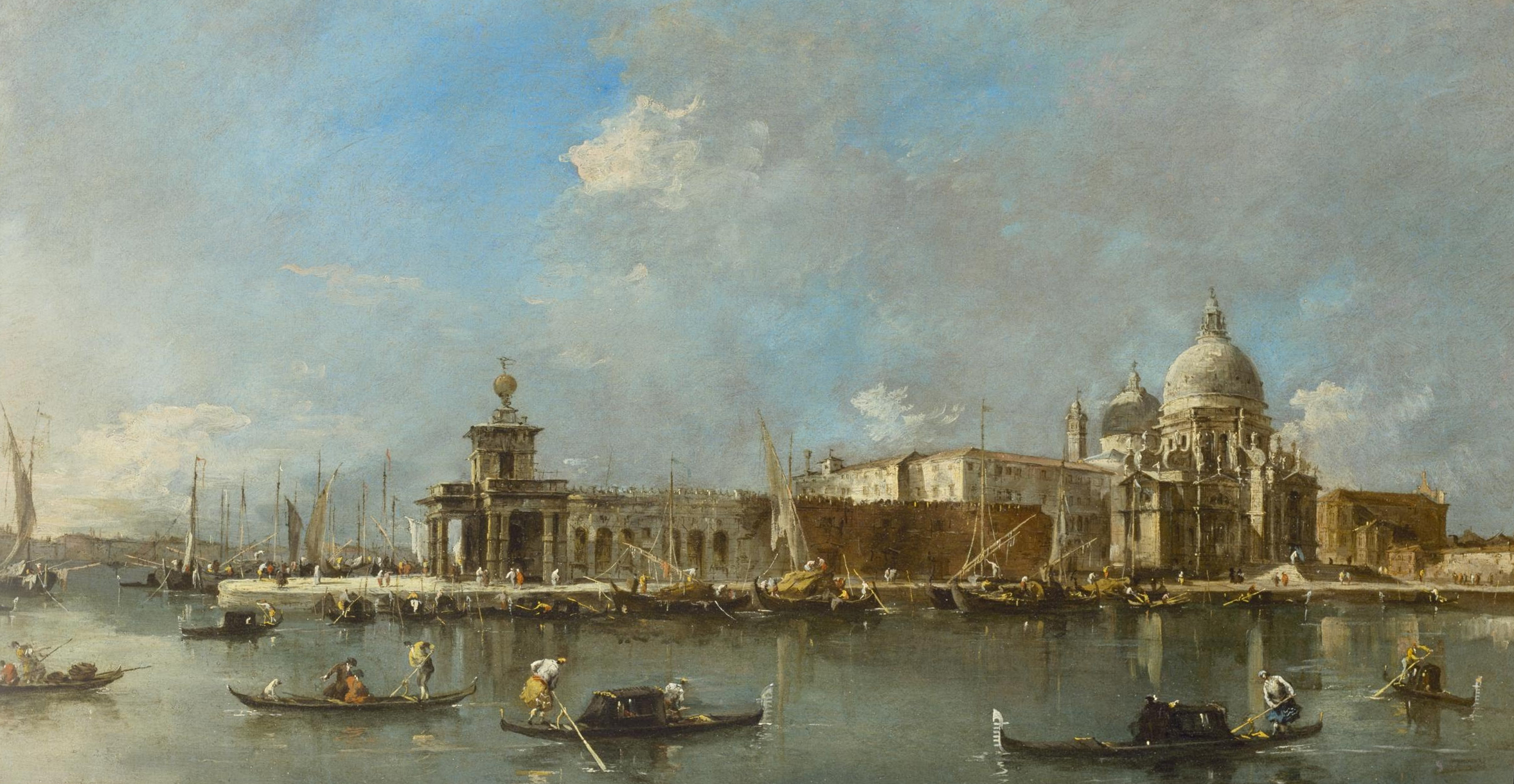Just a quick transformation today to remind you what I do with snapshots taken in Italy, to take them back into that more ancient time for which I strive.
Here is the original photo of a blue boat in the Cannaregio sestiero (district).
Original snapshot of the blue boat
If you've read many of my transformation articles in the past, you will notice several issues that displease me here -- specifically the modern objects that I loathe in my Venice photos. And there are several modern objects in this photo. Like a boat motor and metal conduits that just did not exist in my timeless Venice. And I don't like that piece of window to the right. So, they have to go. Here is the photo without those distracting elements.
Distracting elements removed from the photo
There seems to be an imbalance in the photo just above. I don't like that large blank area to the top right. It needs something of interest. I'm thinking that another stone balcony would work well here. So, I duplicated the balcony to the left, flipped it horizontally so that the perspective would be correct, and placed it to an appropriate place to the right. Below is the new image.
New balcony added to the top right of the photo
Now we're getting close. I need to add a bit of mood to the image, so I darken it some and add some texture, to get this image below.
Mood added by darkening and texture...but a few distractions remain
At this point, I noticed a few more distractions and I just have to remove them. There is a boat registration number on the boat that I doubt would appear in times gone by. And there are a few more items, like a small piece of rope on the window to the right, and some items at the bottom of that same window. Oh, I also note that there is a light bulb above the door. And that bright wood behind the door's wrought iron is too bright. Here now is my final photo.
There you have it...but as usual, I also like to create a digital painting version of many of my photos...so here is that photo, also.
That's it for today...just a simple transformation of a Venetian scene with a blue boat.
Ciao for now,
Steve





















